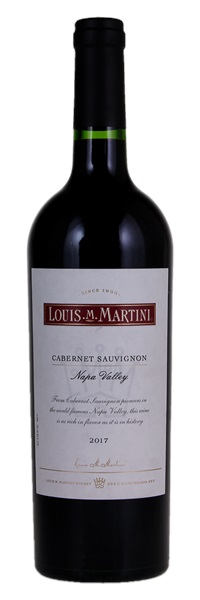Estimate

A fruity red with currants, blueberries, black olives and a hint of dark chocolate. Medium to full body, creamy tannins and a flavorful finish.
A slightly squared-off, structured style, with a warm stone note around the core of steeped currant and black cherry fruit. Opens slowly with air to reveal more fruit, as well as a violet hint and a streak of cast iron on the finish.
A touch reduced, this red is concentrated and smooth, with dense layers of dark chocolate and cassis. Dried herb and cedar accent the ripe, rich fruit and a note of nutmeg develops on the finish.